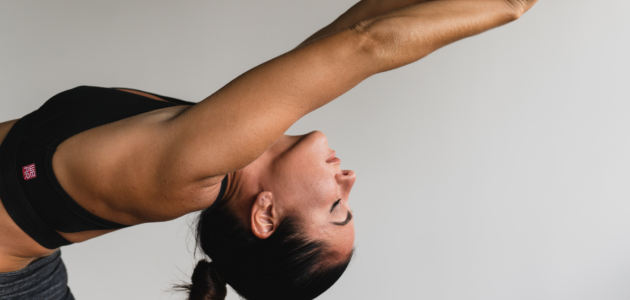
Why Movement Is Important for Acting
There are three aspects of acting that are covered in drama school. They are scene work, voice work, and movement. Physicality and movement is often left until the last minute, and many times, can be completely neglected until the first time you get your work up on the floor. It is vital that you embody your character both emotionally and physically, and this is why movement is important to your acting.
Do you ever sit back and people watch? Everyone has different gestures, postures, and habits. Not everything has to be the opposite of your natural state, but it is important to realise what your natural state is saying. Body language is so important to our communication, so before you give your Oscar winning character a limp and a hunchback, know what you are conveying in your neutral state.
Alexander and Feldenkrais Technique are great places to start. Body awareness can be as simple as meditation and yoga, moving in a non-judgemental, exploratory way. Everyone’s body is different, so find out what is special in your movement and posture patterns. Do your feet turn out, or your ankles roll inwards or outwards? Do your knees hyper-extend? How’s your range of motion in your hips? Consider a few pilates classes (even on Youtube) that might bring your awareness to areas you don’t consider.
Movement work doesn’t need to be active or strenuous. In most cases, it is helpful to separate your movement work from fitness work. Any gym activity is about deliberate motions and working against a force to create tension. We are looking to create a relaxed, neutral state even when you’re crapping your pants with stage fright.
One simple routine that you can do before you leave the house, or even before you leave the bed, is progressive muscle relaxation. As much as you can, contract each muscle group and then fully relax it before progressing to the next. This will not only calm you down, but it will bring attention to any areas that need a bit of TLC. Common areas of tension that are holding you back in both your movement and your emotional expression are hips, shoulders, neck and jaw. Follow this list to cover the major areas:
- Hand and forearm
- Biceps
- Shoulders
- Upper back
- Neck
- Jaw
- Upper cheeks and nose
- Forehead
- Chest
- Lower Ribs
- Abs
- Glutes
- Thighs
- Knees
- Calves
- Feet
Use this or look at our other movement exercises for other ways to get into your neutral state.
Once you’re aware of your neutral state, then you can start to play. When walking, try leading from different points of your body. Note if it matches your character to lead with your heart, stomach, or pelvis. Note how much or how little your character would swing their arms or lift their feet. Bring these observations into your character’s identity, and let them influence how they hold themselves when standing still. These are all preparation exercises, so keep in mind that you don’t need to show off your homework when you get into the space! Use movement exercises like you would use vocal exercises. Play around in character, make some big choices, warm up, and then when you get on stage or in front of the camera, you can trust your instincts and not be stressed out about what to do with your hands.

Leave a Reply